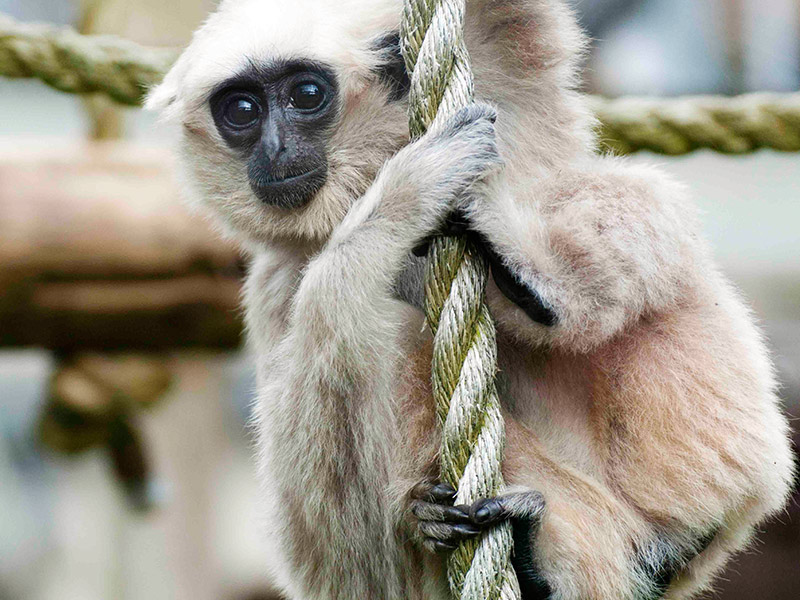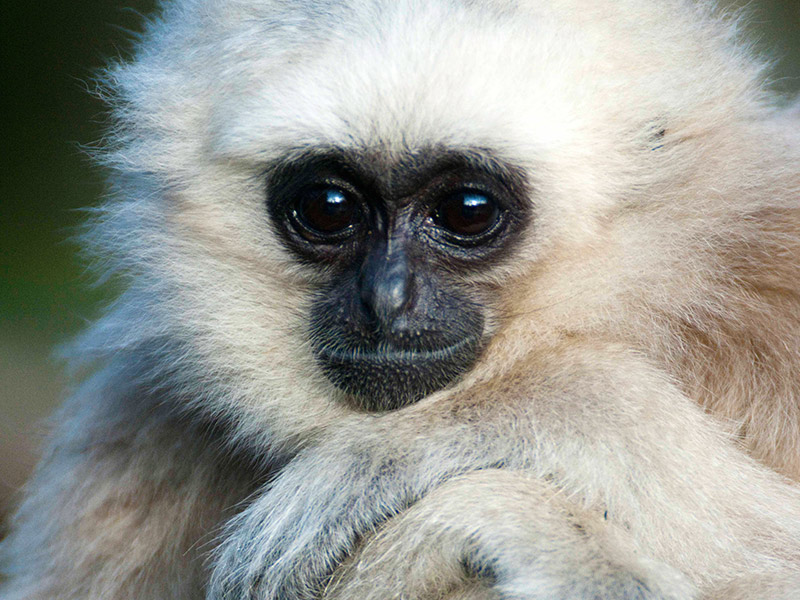Hurry! Become a member and save 20%!


Pileated Gibbon










Pileated gibbons are endangered in their native Asian rainforests due to hunting for the food and pet trade and, of course, deforestation. The clearance of vast tracts of trees for farming or for replanting with more commercially productive plants is a massive problem across many of Asia’s primate and bird habitats.
Pileated gibbons mate for life and can produce one baby every two or three years. Gibbons have a very distinctive call when communicating with each other. The males’ call is abrupt and shrill, whilst the females’ tend to be louder and more noticeable. They have special sacs under their chins which they inflate to produce the sounds.
Pileated gibbons enjoy sweet fruits including figs, but also feed on leaves, flowers and insects. In the Zoo they are fed on carrots, seeds, fruit and vegetables with rice, boiled eggs and cheese as treats.
Get the best price!